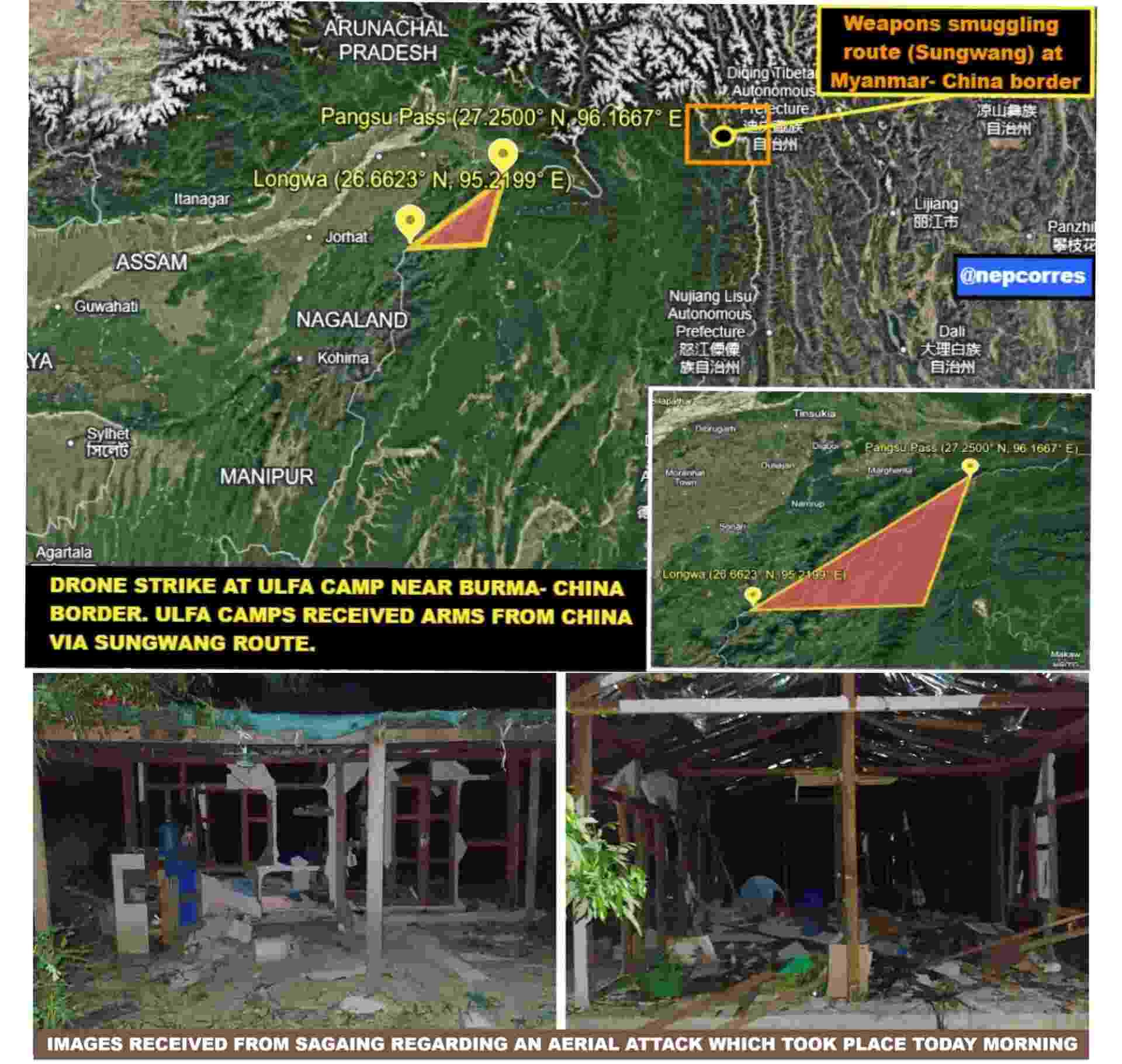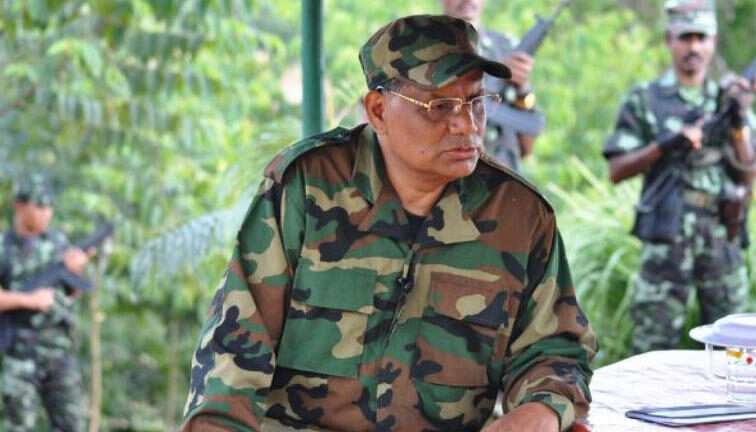The United Liberation Front of Assam-Independent (ULFA-I) has reported devastating losses with three top commanders allegedly killed in coordinated drone strikes along the Indo-Myanmar border, though the identity of the attackers remains unclear amid ongoing conflicts in the region. 
The reported deaths include Lt. Gen. Nayan Asom, allegedly killed in the initial wave, followed by Brig. Ganesh Asom and Col. Pradip Asom who reportedly died in a second wave of strikes while gathering for Nayan Asom’s funeral. All three were integral to ULFA-I’s operations under Paresh Baruah, handling recruitment, training, financial operations, and ground-level coordination. The targeting of the Eastern Command Headquarters at Hoyat Basti and the 779 Camp in Waktham Basti represents a significant blow to the organization’s nerve center.
However, the Indian Army has categorically denied any involvement in drone attacks on ULFA camps in Myanmar, with officials stating they have “no inputs” regarding the militant group’s claims. The Assam Chief Minister has similarly denied any police involvement in the alleged operations.
This denial comes amid a complex regional security landscape where multiple actors possess drone capabilities and motivations to target insurgent groups. Myanmar’s military, the Tatmadaw, has previously conducted numerous drone attacks against ULFA camps operating within its territory. The Myanmar Army has been engaged in ongoing internal conflict since the 2021 military coup, during which drone warfare has become a prominent feature of combat operations.
The continued drone war in Myanmar presents multiple potential sources for the attacks on ULFA camps. The Tatmadaw may view foreign insurgent groups operating from its territory as complications to its own military operations. Similarly, various ethnic armed organizations controlling border regions might see ULFA presence as unwelcome, particularly if it complicates their relationships with neighboring countries.
The proliferation of drone technology among various armed factions has democratized precision strike capabilities, making it difficult to definitively attribute attacks without clear evidence. The complex web of alliances and conflicts in Myanmar’s border regions means numerous groups possess both the capability and motivation to conduct such operations.
ULFA-I’s detailed account of the strikes suggests these weren’t random attacks but carefully planned operations with precise intelligence. However, the organization’s assumption that Indian forces were responsible may reflect their own strategic calculations rather than factual attribution. The militant group’s latest press release claiming fresh drone attacks are continuing indicates the threat to their operations remains active.
The heightened alert along the Indo-Myanmar border ahead of Independence Day reflects Indian security concerns about potential retaliation, regardless of who conducted the strikes. The porous 1,643-kilometer border has long been a challenge for security forces, and any major disruption to insurgent groups operating across it could have spillover effects on Indian territory.
With key military planners allegedly eliminated, ULFA-I faces immediate operational challenges regardless of who conducted the strikes. The organization must now operate under the assumption that its hideouts are no longer safe havens and that multiple actors in the region possess the capability to target them.
While ULFA-I claims significant losses to its senior leadership through drone strikes, the identity of the attackers remains unclear amid Myanmar’s ongoing conflicts. The Indian Army’s denial of involvement redirects attention to the multiple actors within Myanmar who possess both drone capabilities and potential motivations to target insurgent camps.
The real impact of these alleged strikes will become apparent in the coming weeks through ULFA-I’s operational activities and any potential retaliatory actions. The heightened security measures suggest authorities are prepared for various scenarios as the situation continues to develop in Myanmar’s volatile border region.

